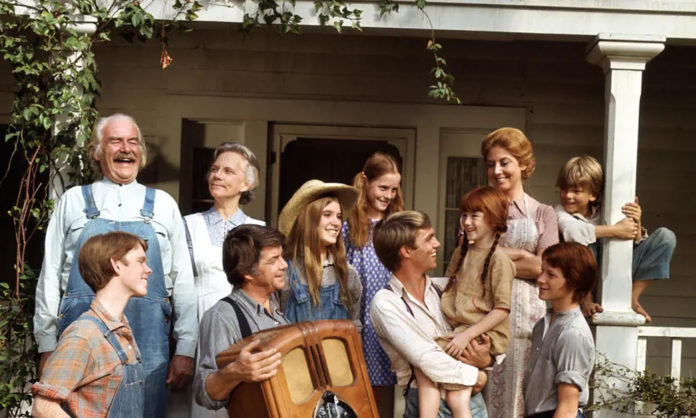In a post on Writer Unboxed, Vaughn Roycroft explores some of the themes and elements you can explore in a sprawling multi-generational novel or series. “Whether you’ve done any generational storytelling or not, you might discover an angle you’d like to utilize in future works,” he says. Some of those angles include:
- The opportunity to explore nature versus nurture. “Inherited traits make for fine story fodder, and we mustn’t forget that those traits can be negative ones as well as positive,” Roycroft says. “Contrasting siblings can provide a delicious additional dimension.”
- Enhanced conflicts. Extending conflicts across generations can add layers of meaning and emotion to your characters. Imagine a fight over an inheritance, being judged by an elder, or disappointed by a relative.
- Elevated stakes. “Growing very familiar with the parents and the fraught nature of a story-world makes readers exponentially more concerned with what happens to their offspring, or what will come of their offspring should something happen to the parents,” Roycroft writes.
- The sweep of history. A generational backstory can enhance your present day characters as they get caught up in historical events and provide a personal perspective. It’s one thing to know history; it’s another to know someone who lived it.
- A lost societal element. Today, it’s common for younger people to have little interaction with an older generation, other than their grandparents. “I think it’s a shame,” Roycroft says. “There’s so much elders have to give, not just in wisdom but in guidance and support. They can uniquely illuminate where we come from and how that makes us who we are–illumination that many of us lack. We can provide those things to our characters through generational storytelling.”












